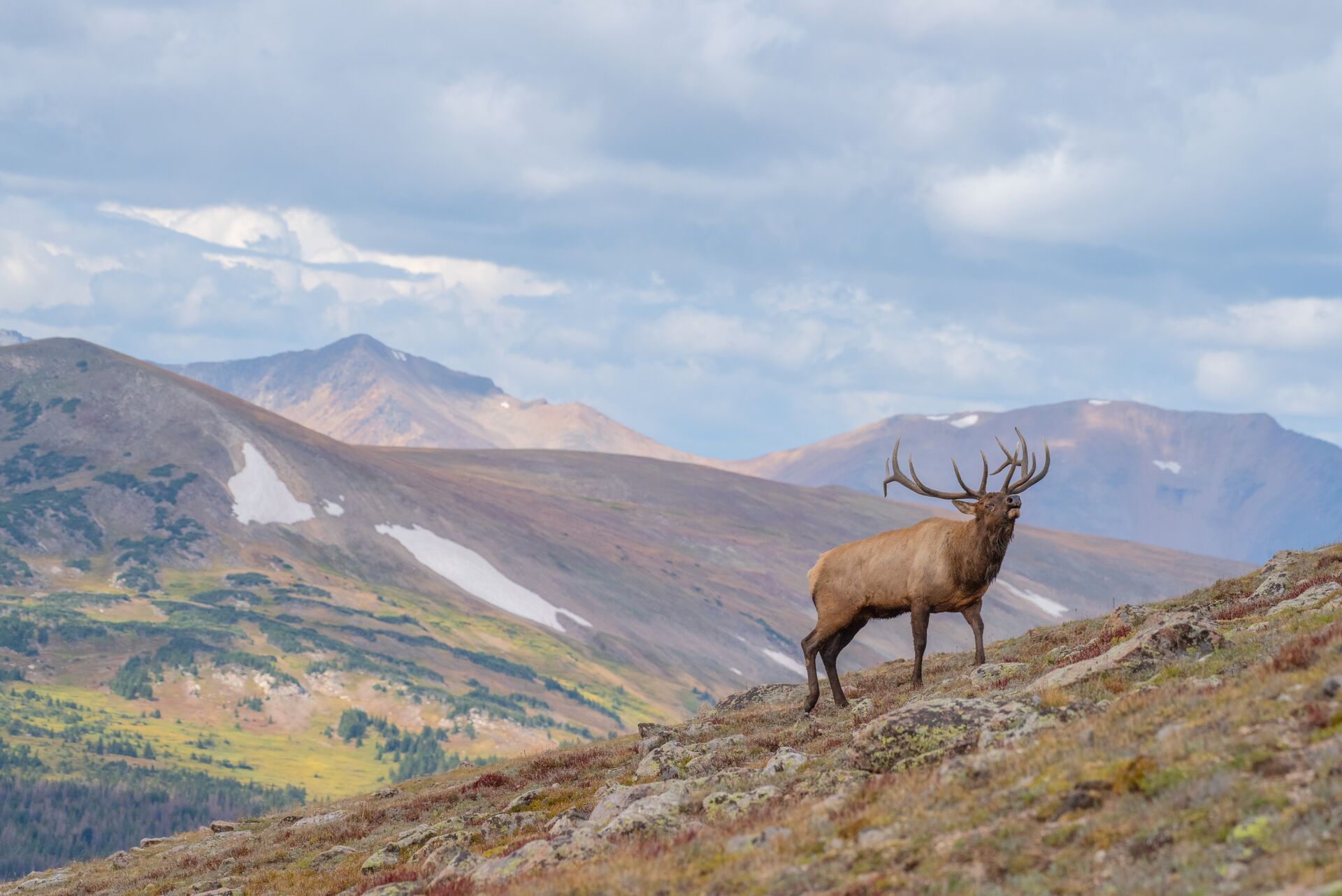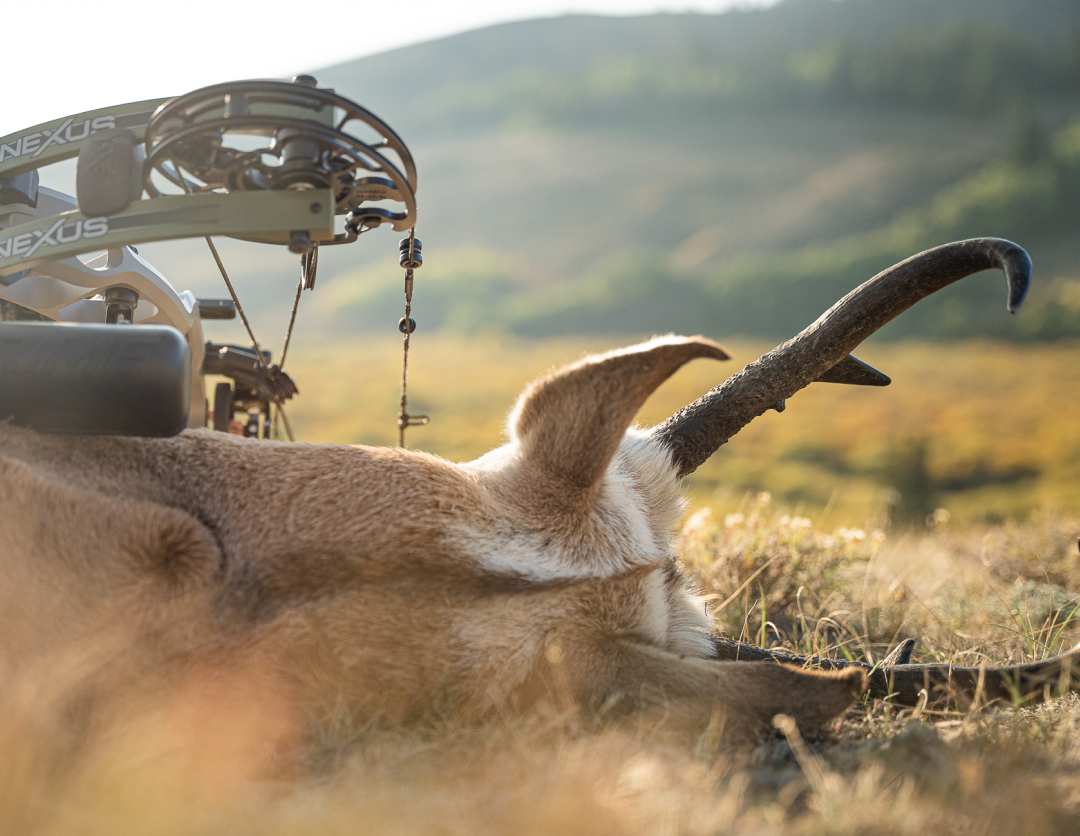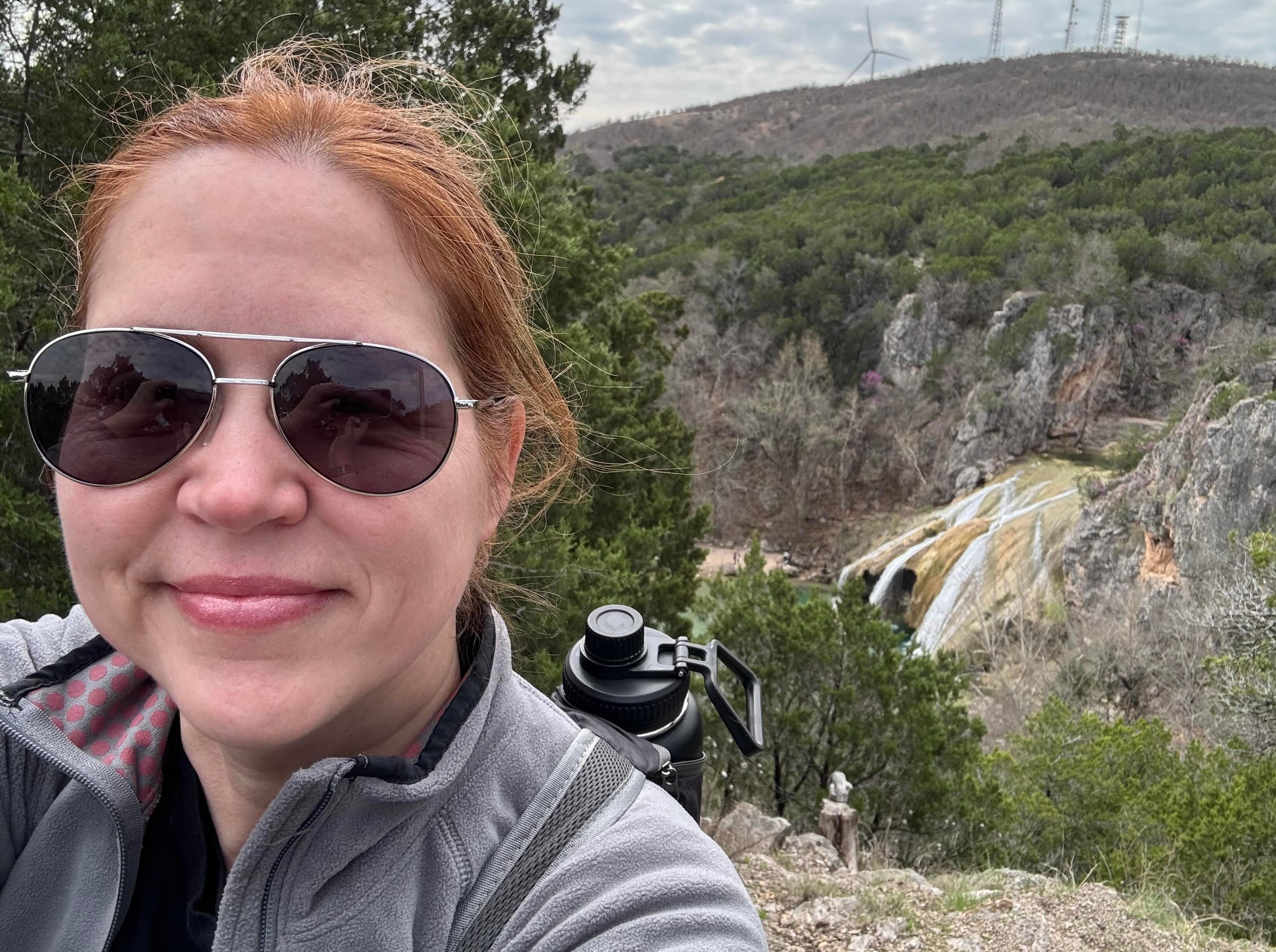Field Guide / Elk
8 Elk Facts Every Hunter Should Know
Elk are one of the most sought-after big game species in North America. They are large and loud and live in unforgiving and beautifully mountainous habitats.
Previous in Elk
More Content Like This
Western Hunting Basics For The Midwestern Hunter
East of the Mississippi River, hunters dream of stalking the wild reaches of the American West. Under the backdrop of a big sky and towering peaks, magnificent bull elk, mule deer, antelope, and moose roam. Read More
Read MoreElk Hunting Basics on a Budget
Is a trophy bull elk hunt in a prime western state on your hunting bucket list? If you're stuck thinking realistically, accomplishing that could be easier said than done. Read More
Read More
When Is Wyoming Elk Hunting Season?
Nothing compares to the sound of a giant elk coming out through the thick vegetation. The heavy thuds and loud calls build the kind of rush and anticipation that's almost indescribable to non-hunters.Read More
Read More Elk
ElkWestern Hunting Basics For The Midwestern Hunter
East of the Mississippi River, hunters dream of stalking the wild reaches of the American West. Under the backdrop of a big sky and towering peaks, magnificent bull elk, mule deer, antelope, and moose roam. Read More
Read More Elk
ElkElk Hunting Basics on a Budget
Is a trophy bull elk hunt in a prime western state on your hunting bucket list? If you're stuck thinking realistically, accomplishing that could be easier said than done. Read More
Read More Elk
ElkWhen Is Wyoming Elk Hunting Season?
Nothing compares to the sound of a giant elk coming out through the thick vegetation. The heavy thuds and loud calls build the kind of rush and anticipation that's almost indescribable to non-hunters.Read More
Read More
1 of 3

